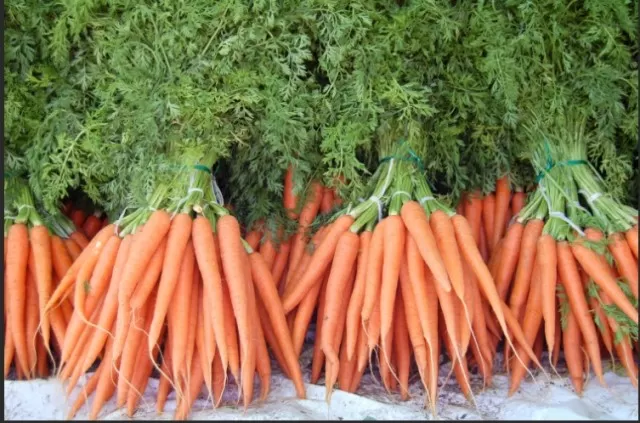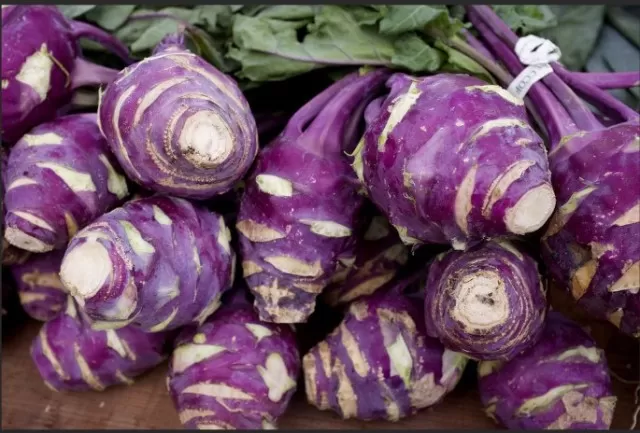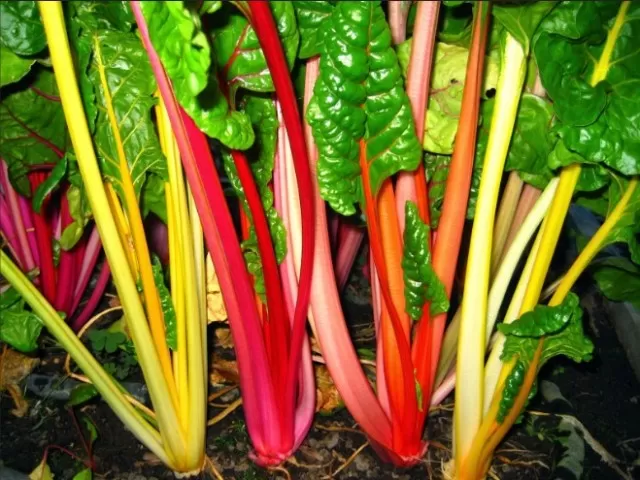13 Shade-Loving Vegetables That Flourish (Part 3).Certainly, a lack of direct sunlight in your yard doesn’t have to be a barrier to growing vegetables. There’s a wide variety of shade-tolerant vegetables that not only thrive in low-light conditions but also add beauty and texture to your garden. Moreover, they can extend your vegetable growing season into the cooler months of early spring and late fall. With these insights from gardening experts, you can transform your shaded garden areas into productive and beautiful spaces, allowing you to enjoy fresh vegetables even without abundant sunlight.
Cultivating Luscious Carrots: Tips for Optimal Growth

Excessive heat and prolonged exposure to light can trigger the bolting of carrots, which are abundant in beta carotene, rendering them less than ideal for consumption.
To safeguard against this, consider planting them in a shaded spot during late spring or summer. Carrots thrive when nestled in loose, nutrient-enriched, and well-drained soil, and they prefer a smooth planting surface.
Before sowing the seeds, diligently clear the area of any rocks and clumps that may hinder their growth. Whether you choose to plant them in your garden or in a container, ensure the container is at least 12 inches deep and space the carrot seeds 3 inches apart for optimal results.
Swiss Chard: A Colorful Delight with Essential Nutrients

Swiss chard, packed with essential vitamins, is a vegetable that requires careful attention to sunlight to prevent its leaves from bolting and turning bitter.
It thrives in the shade, making it an excellent choice for your garden. To ensure a successful crop, plant your Swiss chard seeds two to four weeks before the last frost date in spring.
Sow them in soil that is not only well-drained but also enriched with nutrient-rich compost. Plant the seeds at a depth of 1/2 inch and space them 5 inches apart, whether you choose containers or garden beds for cultivation.
The vibrant and multicolored Swiss chard can transform your garden into an edible masterpiece.
For a continuous supply of fresh leaves, simply harvest the outer ones as needed, starting around four to six weeks after planting. Alternatively, when you’re ready for a bountiful harvest, cut the entire head at ground level.
To encourage vigorous growth, consider amending the soil with a slow-release organic nitrogen fertilizer, such as cottonseed meal.
By following these guidelines, you can ensure a thriving Swiss chard crop that not only looks beautiful but also provides a nutritious addition to your meals.
Kohlrabi: Enhancing Flavor and Nutrients with the Right Growing Conditions

Shade plays a crucial role in preventing bolting and enhancing the flavor of your iron-rich kohlrabi crop.
These unique vegetables thrive in conditions that offer protection from excessive sunlight. When cultivating kohlrabi, it’s essential to provide them with a nutrient-rich, well-draining soil that’s enriched with compost.
For optimal results, sow kohlrabi seeds at a depth of 1/2 inch and space them just 1 inch apart, whether you’re planting them in your garden or in a deep container.
To kickstart your kohlrabi journey, aim to plant the seeds approximately three to four weeks before the anticipated arrival of the last spring frost.
By carefully tending to these growing conditions, you’ll encourage robust and flavorful kohlrabi that will undoubtedly elevate your culinary endeavors.
*The information is for reference only.